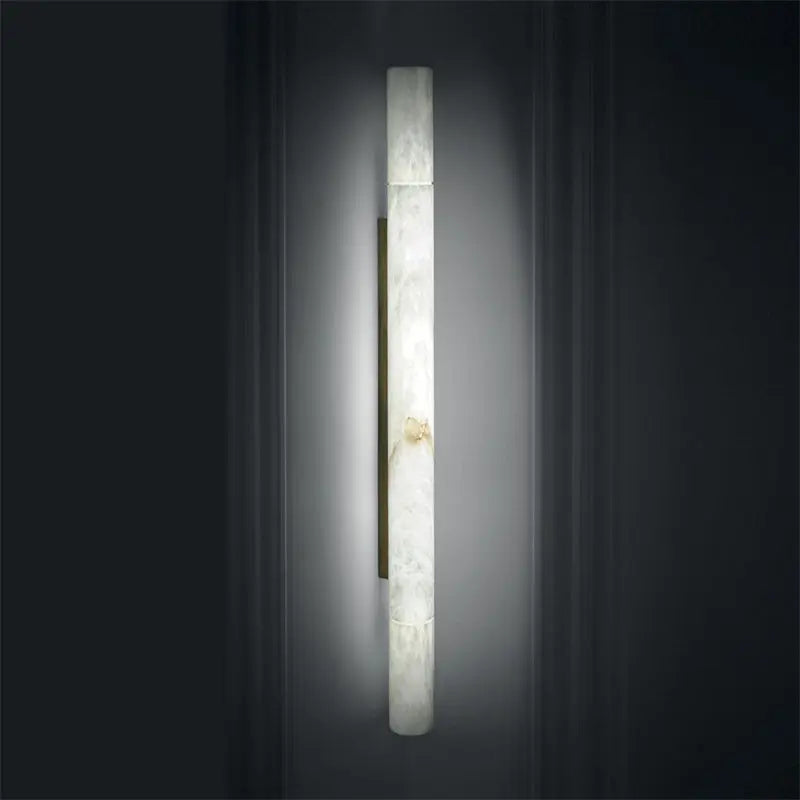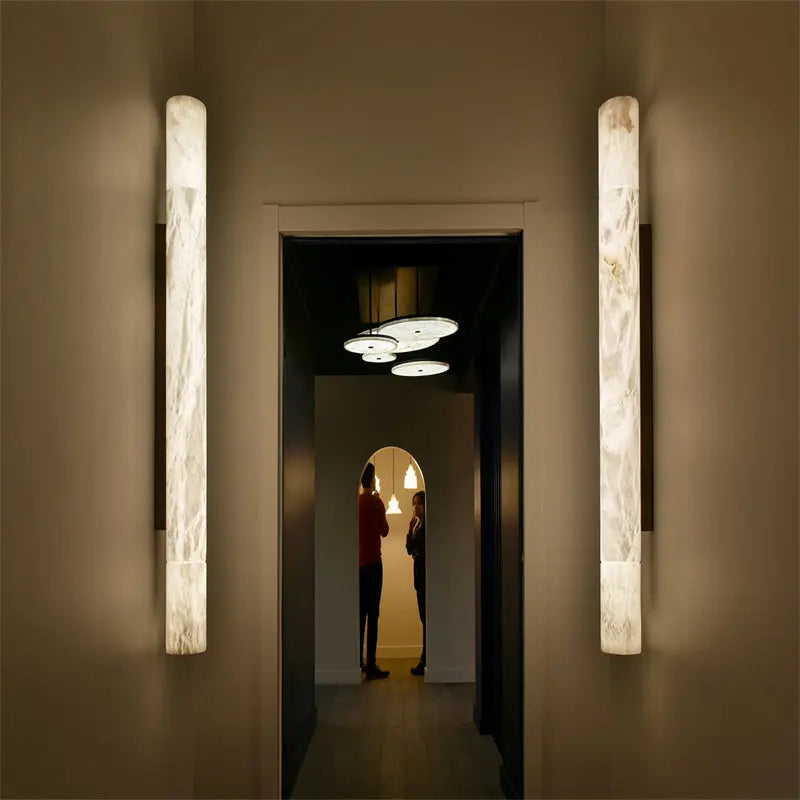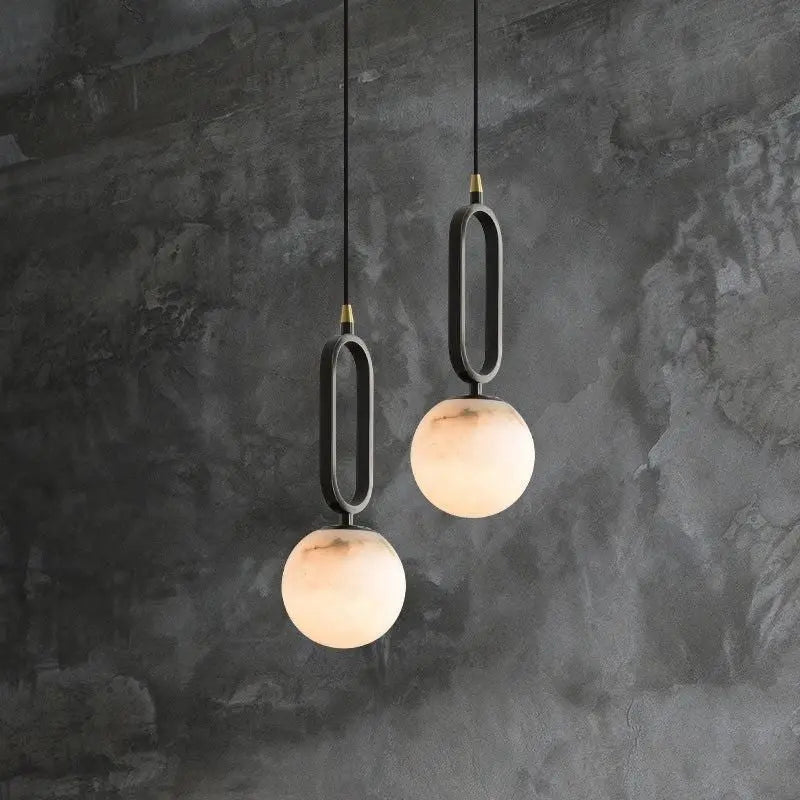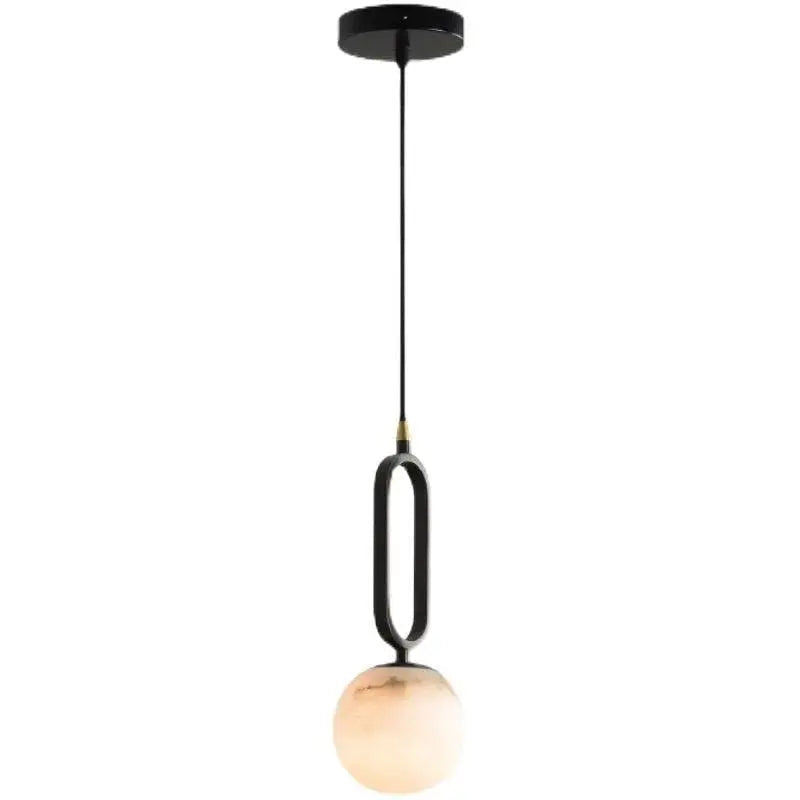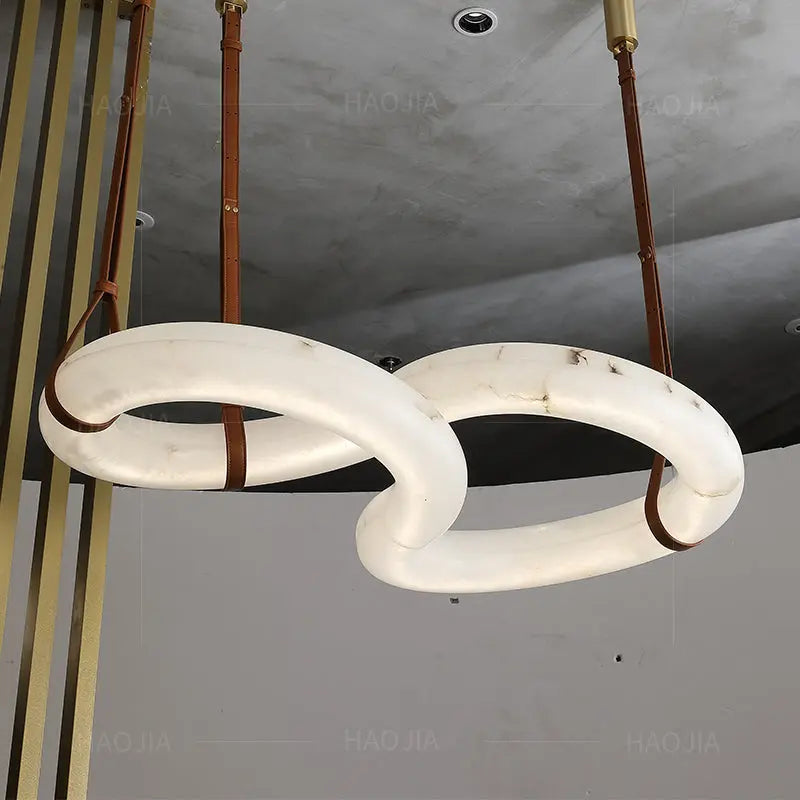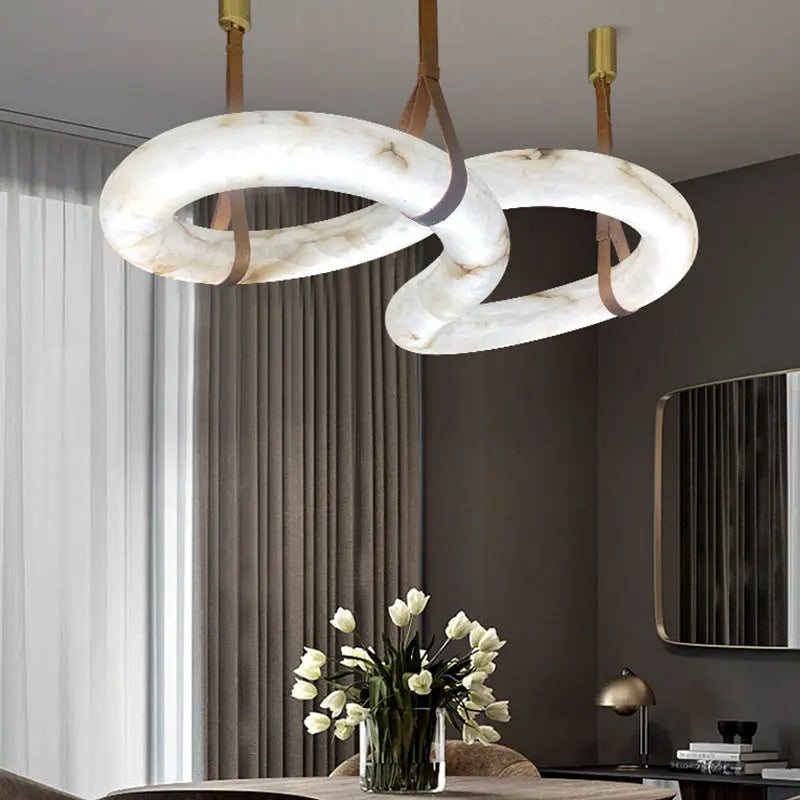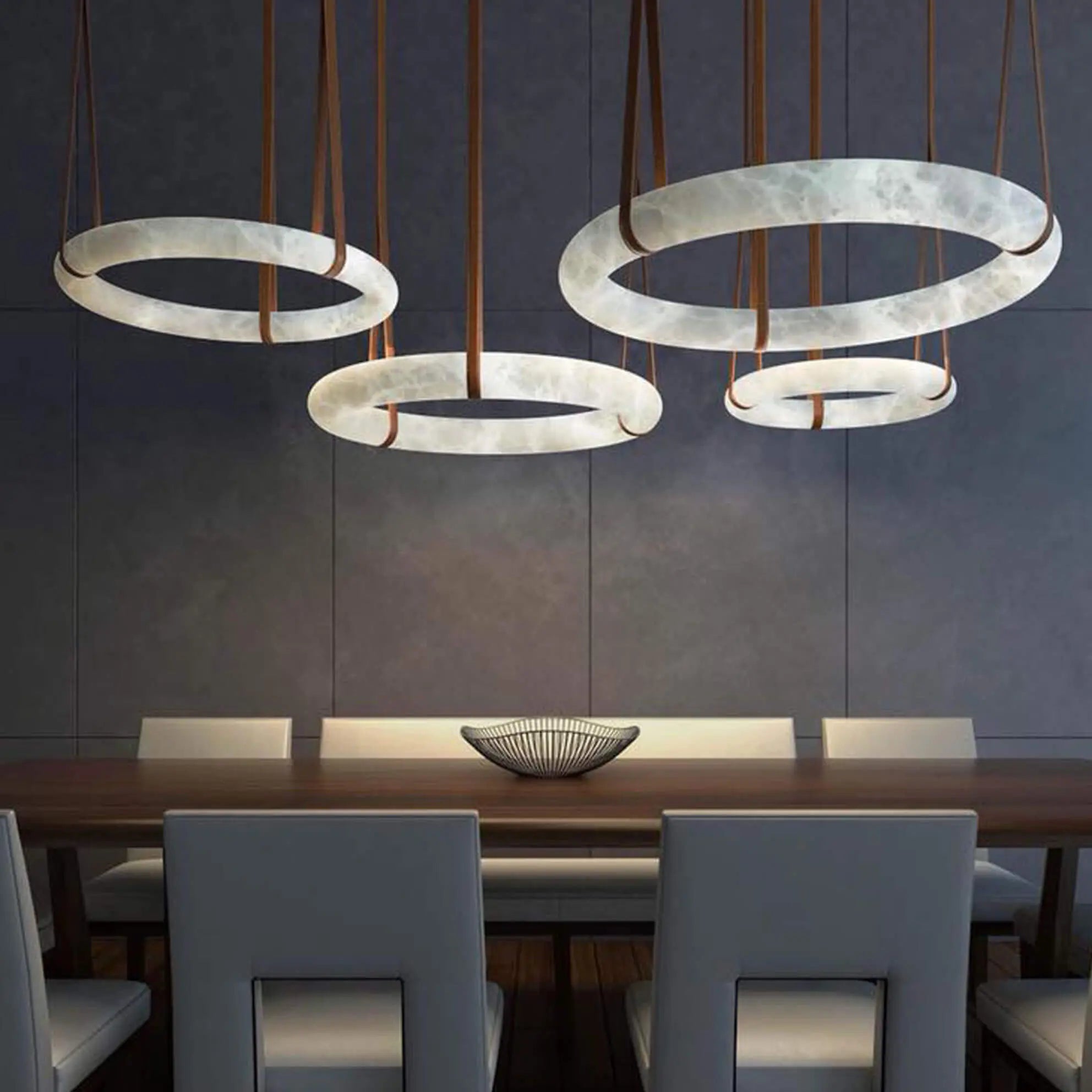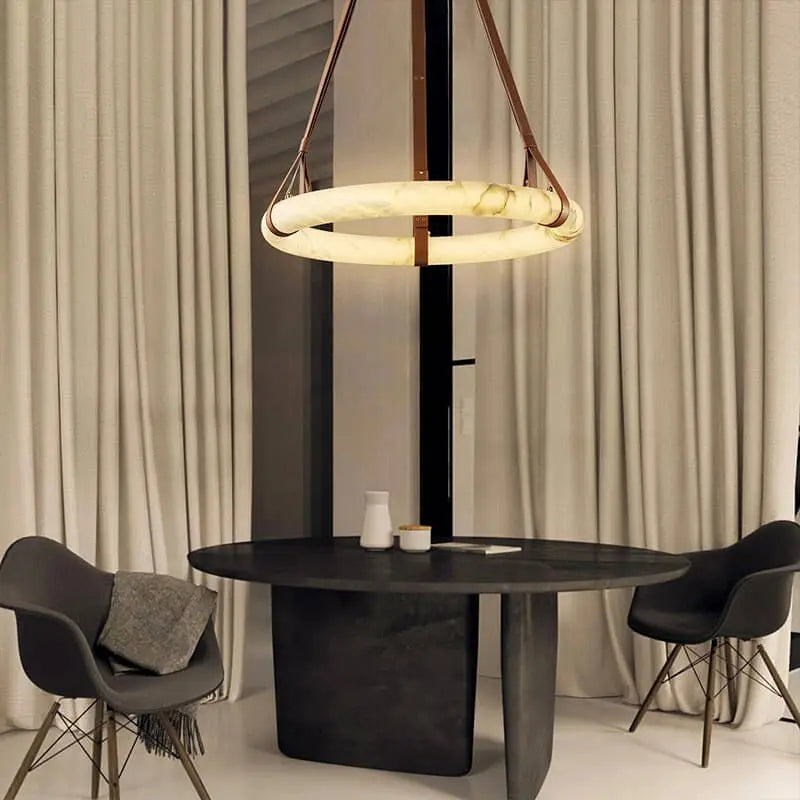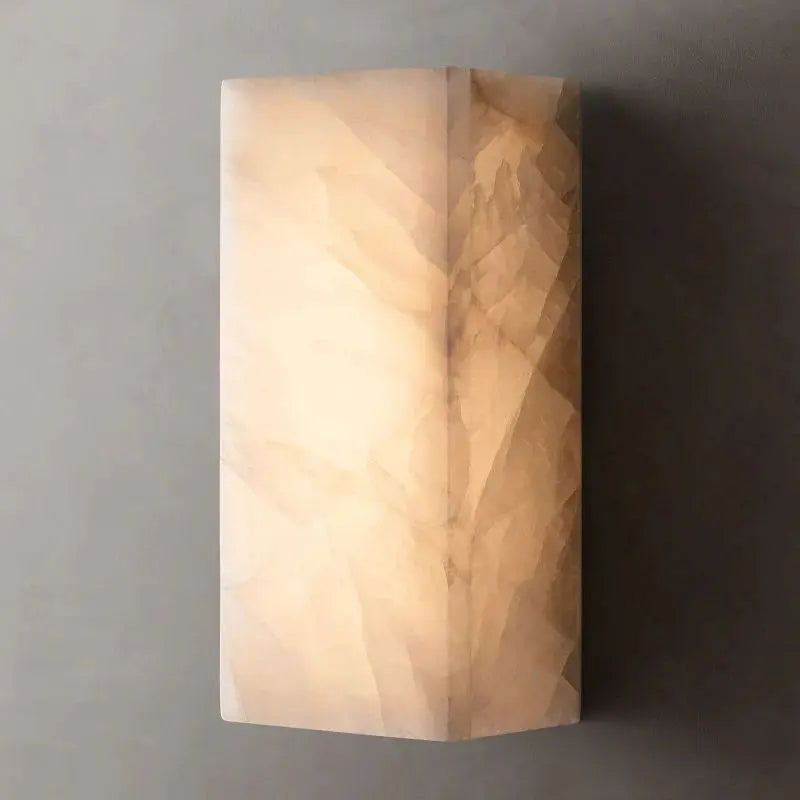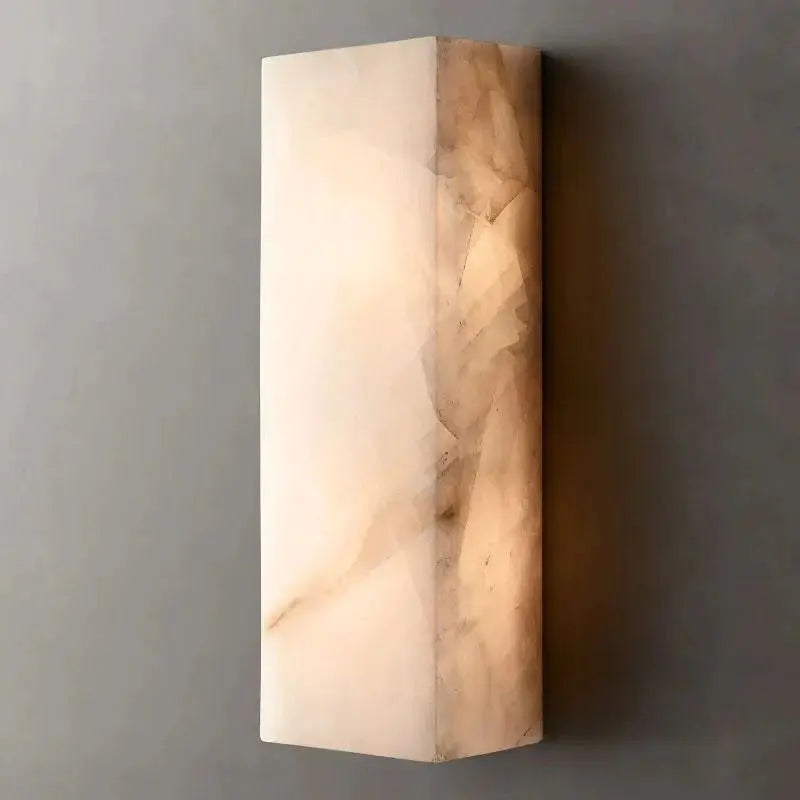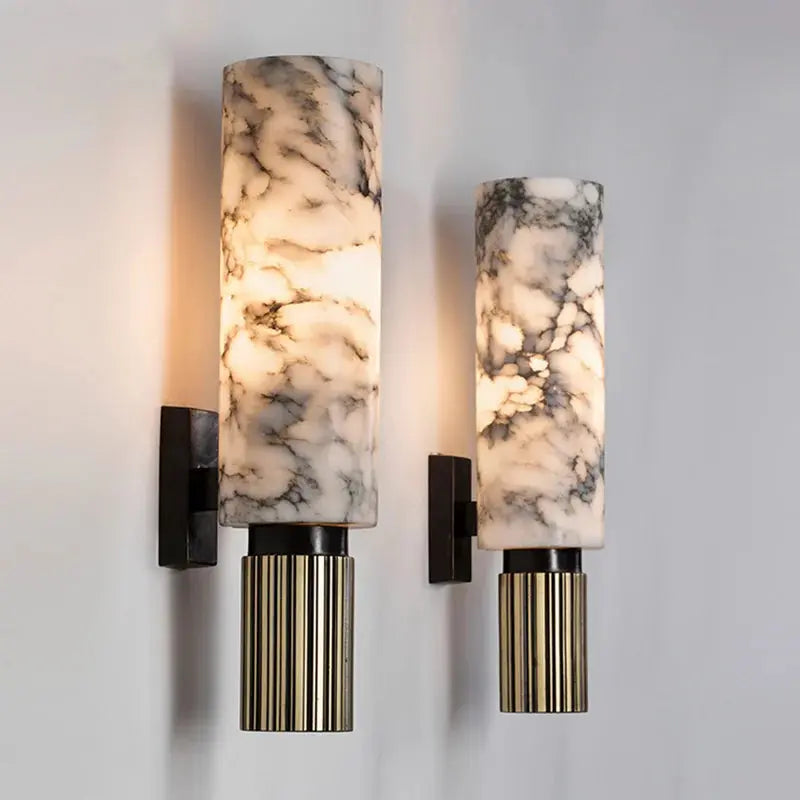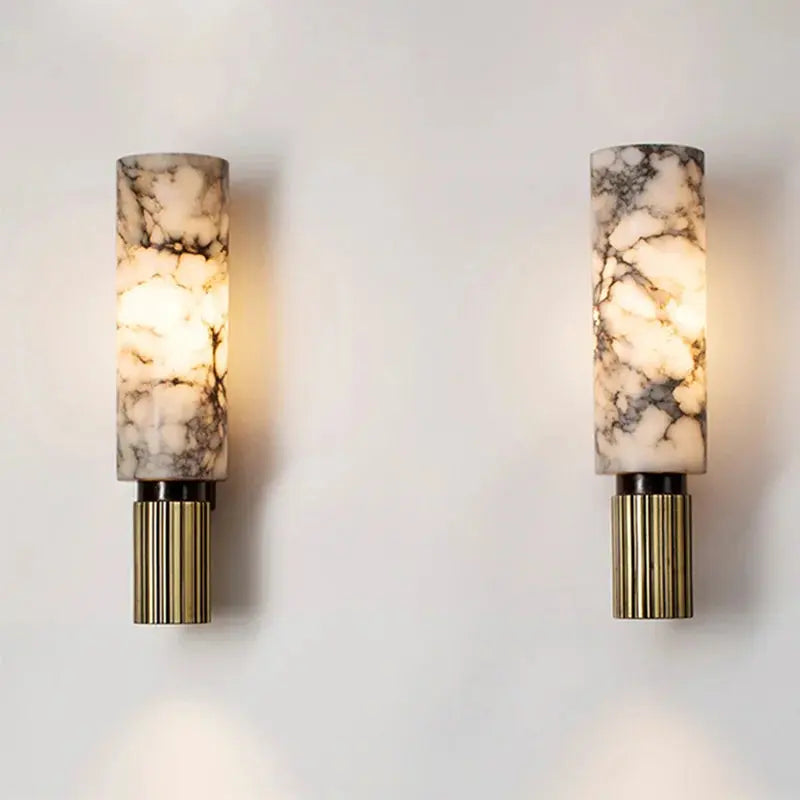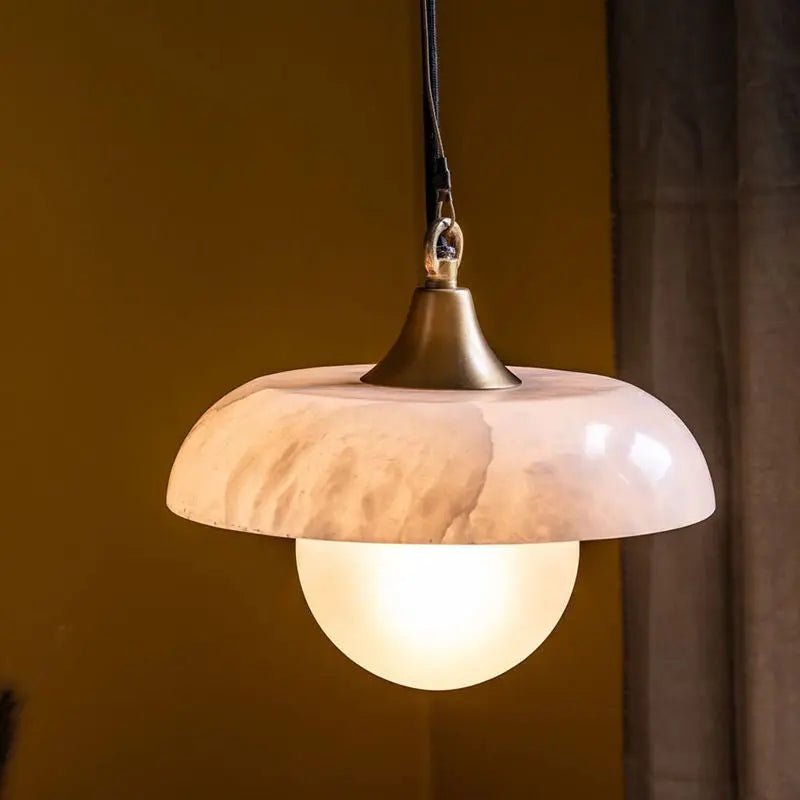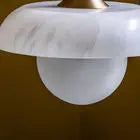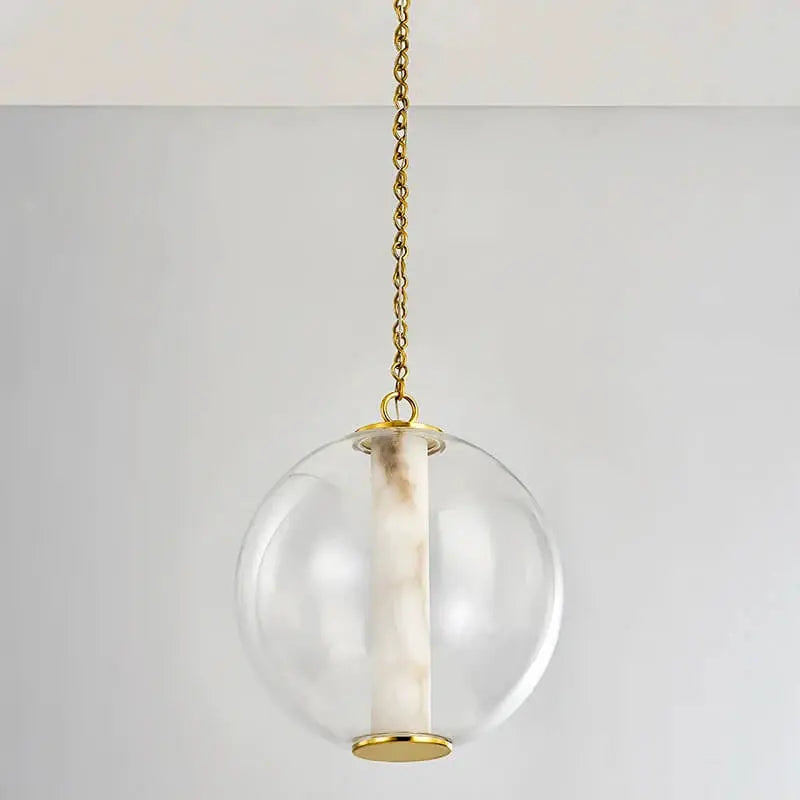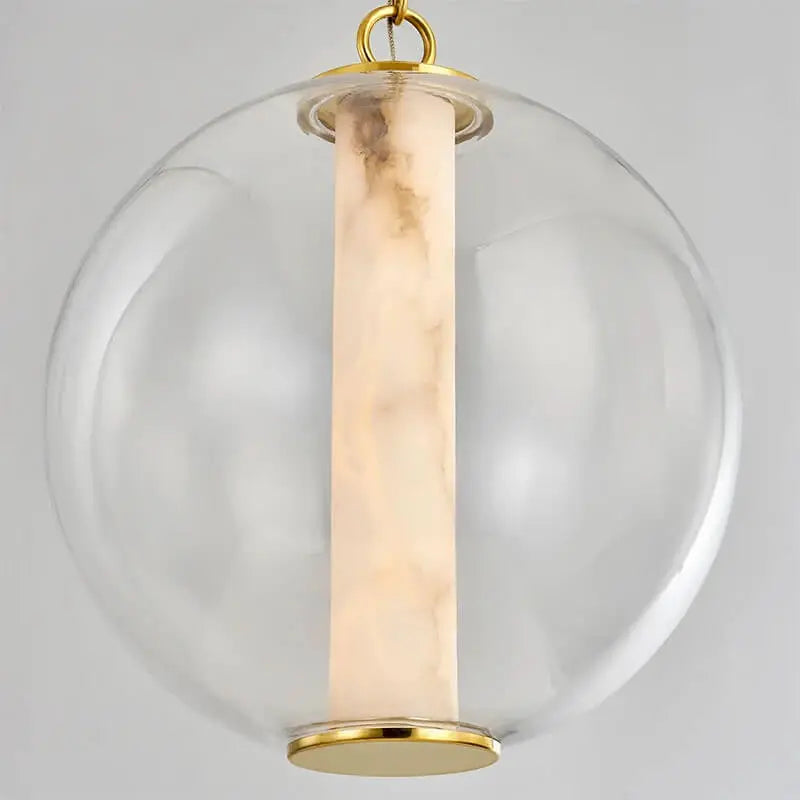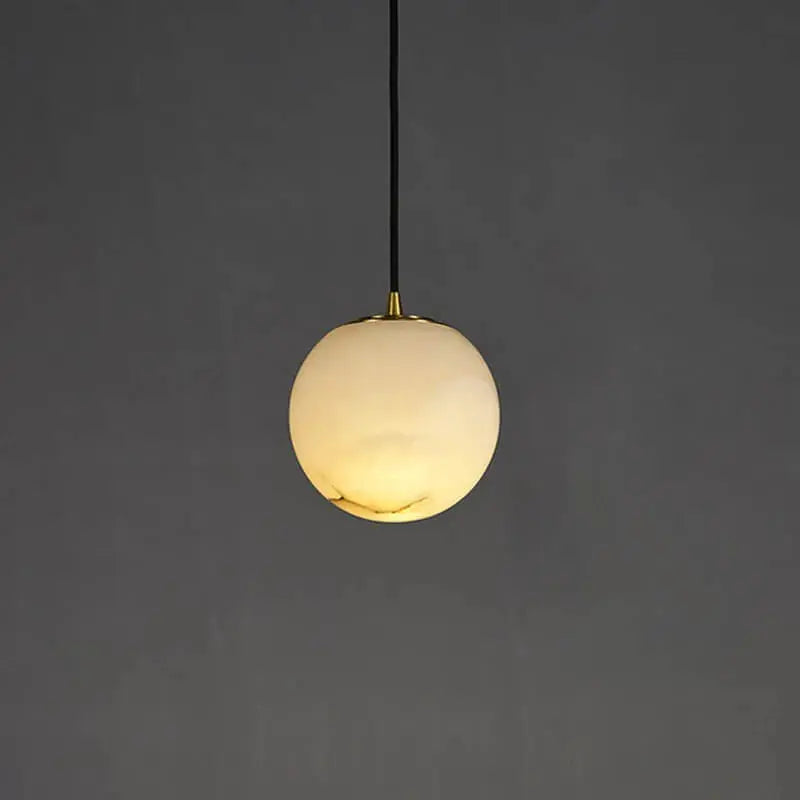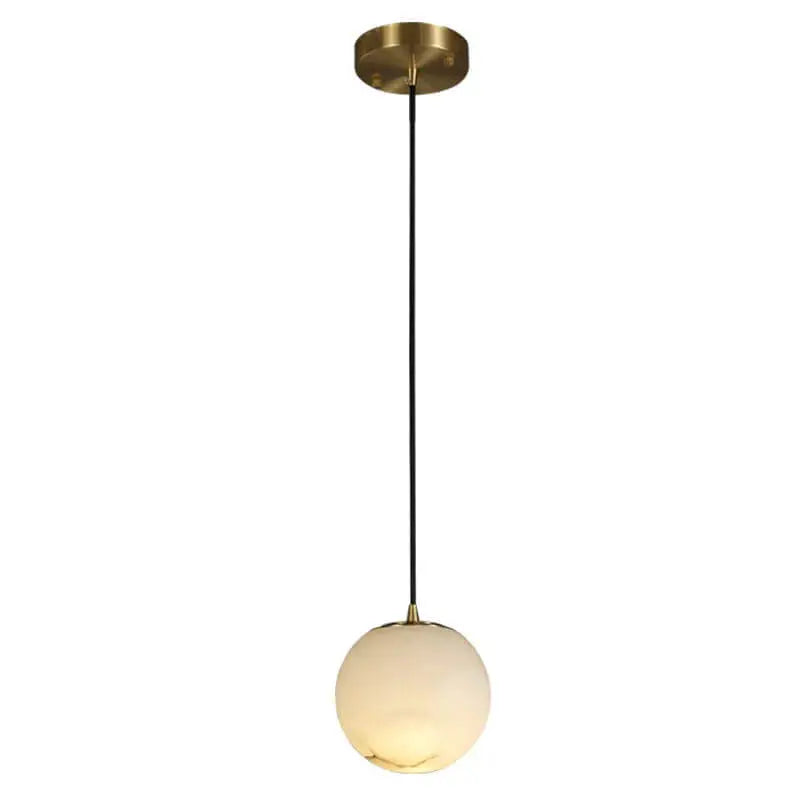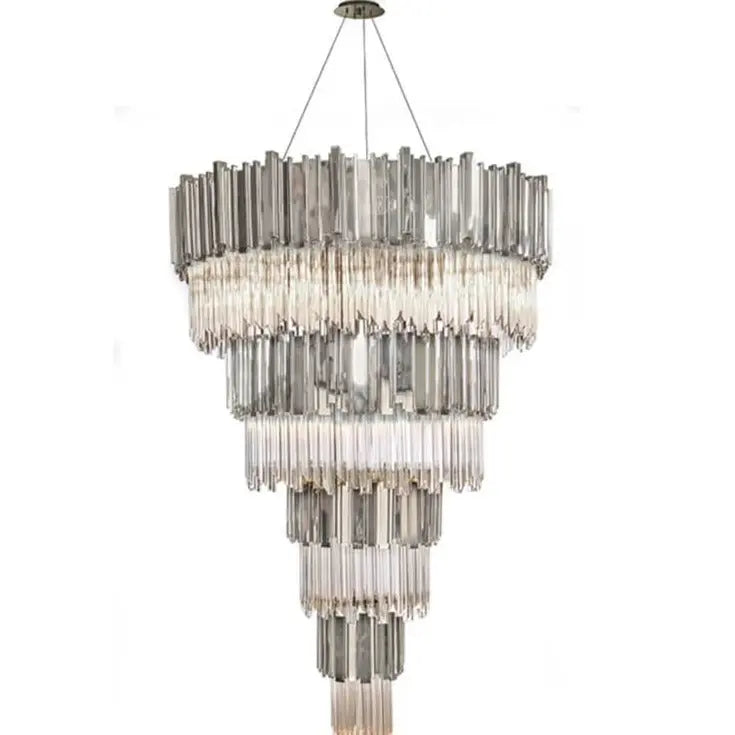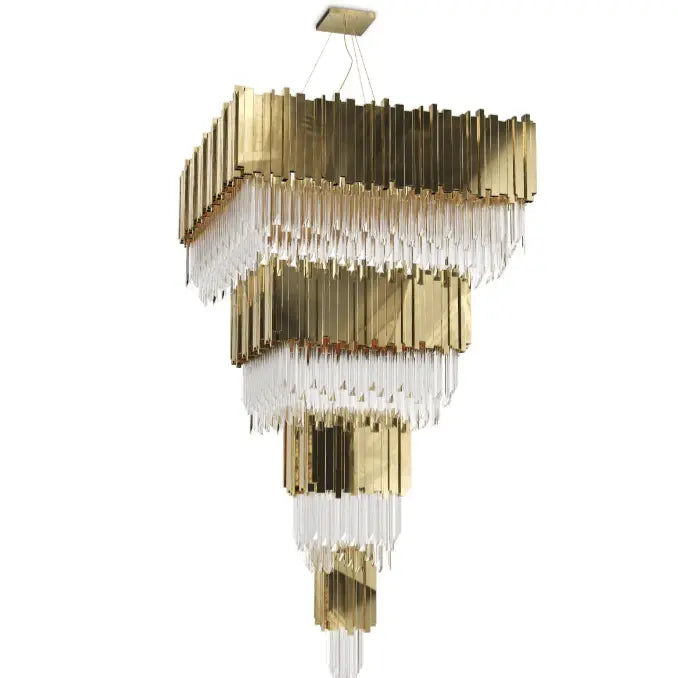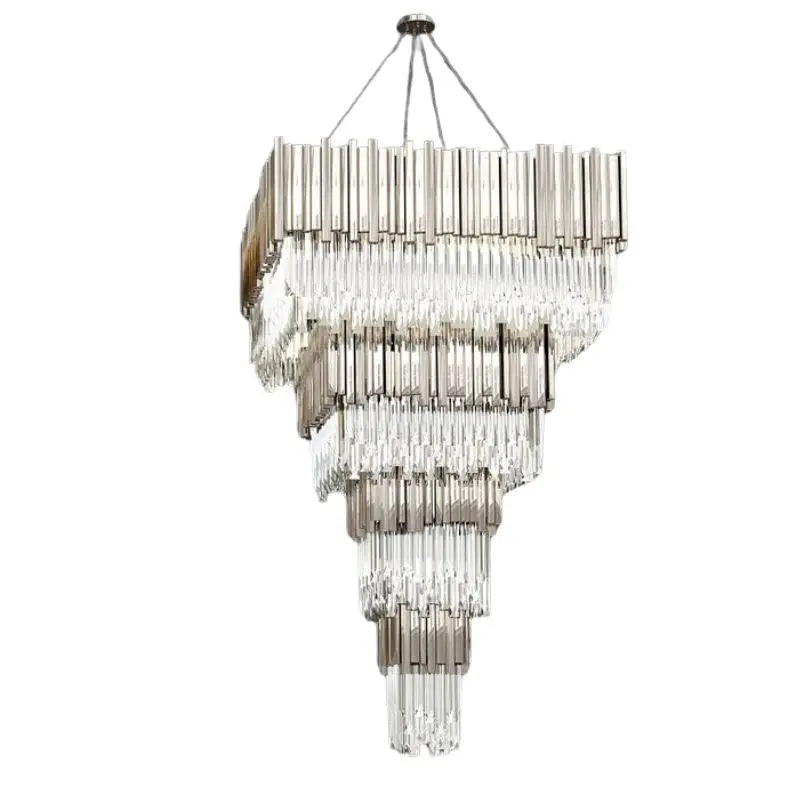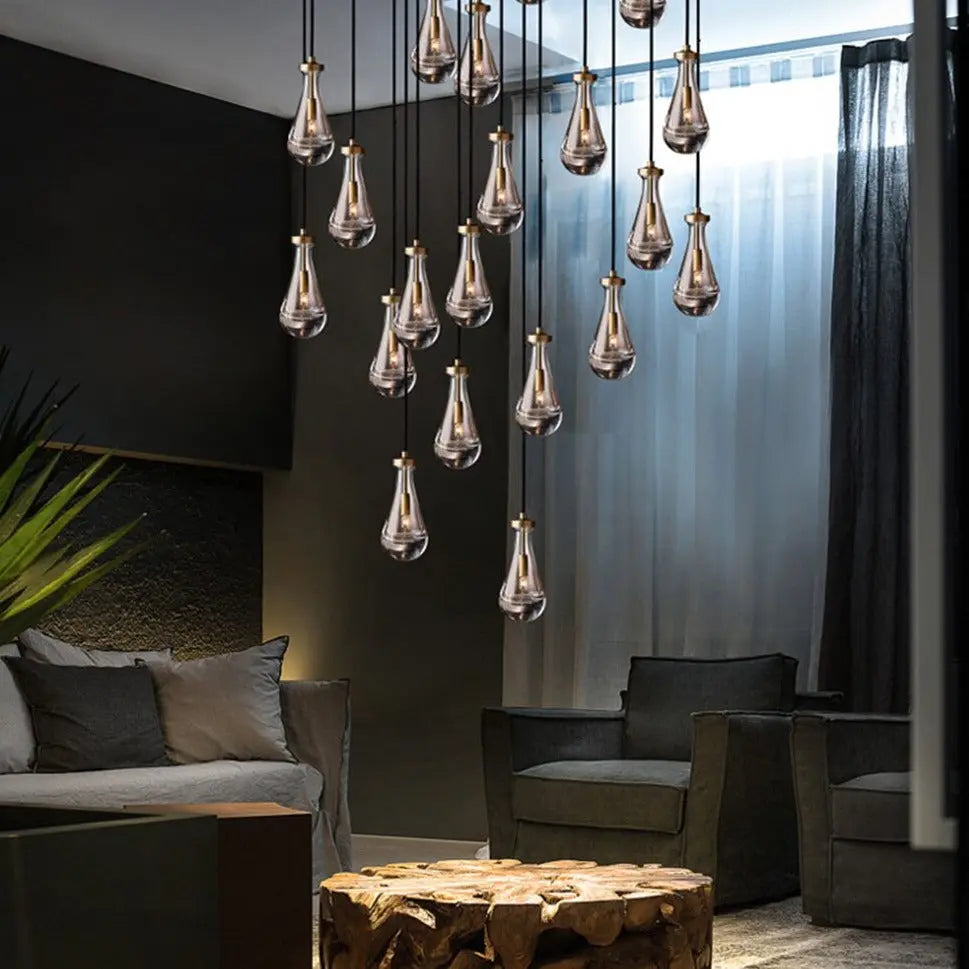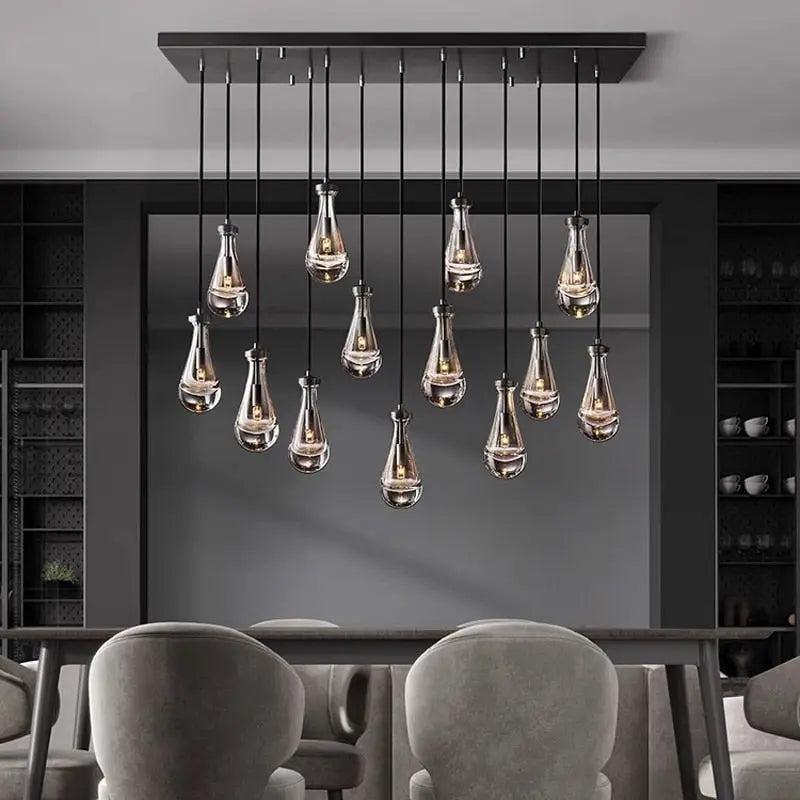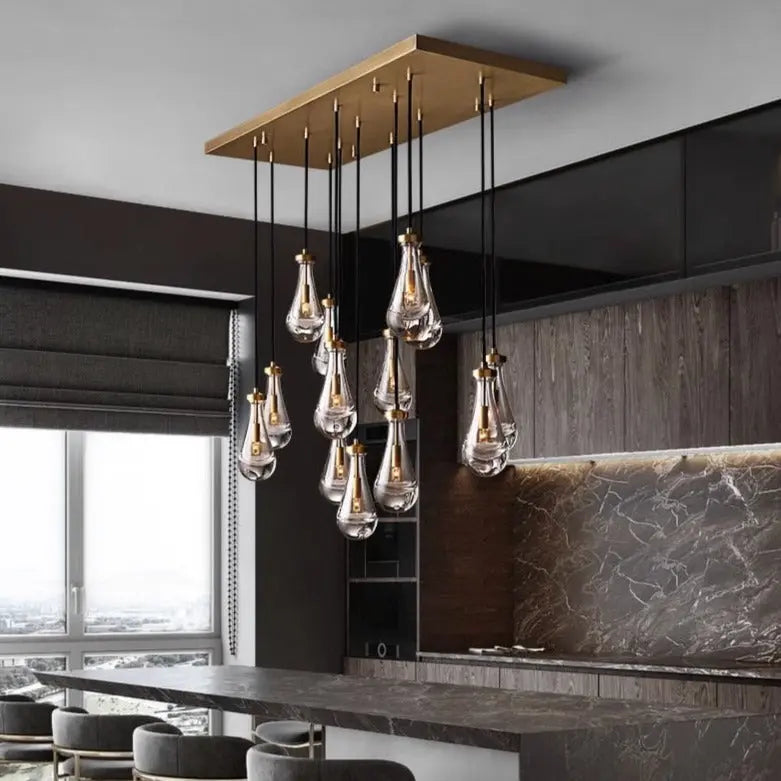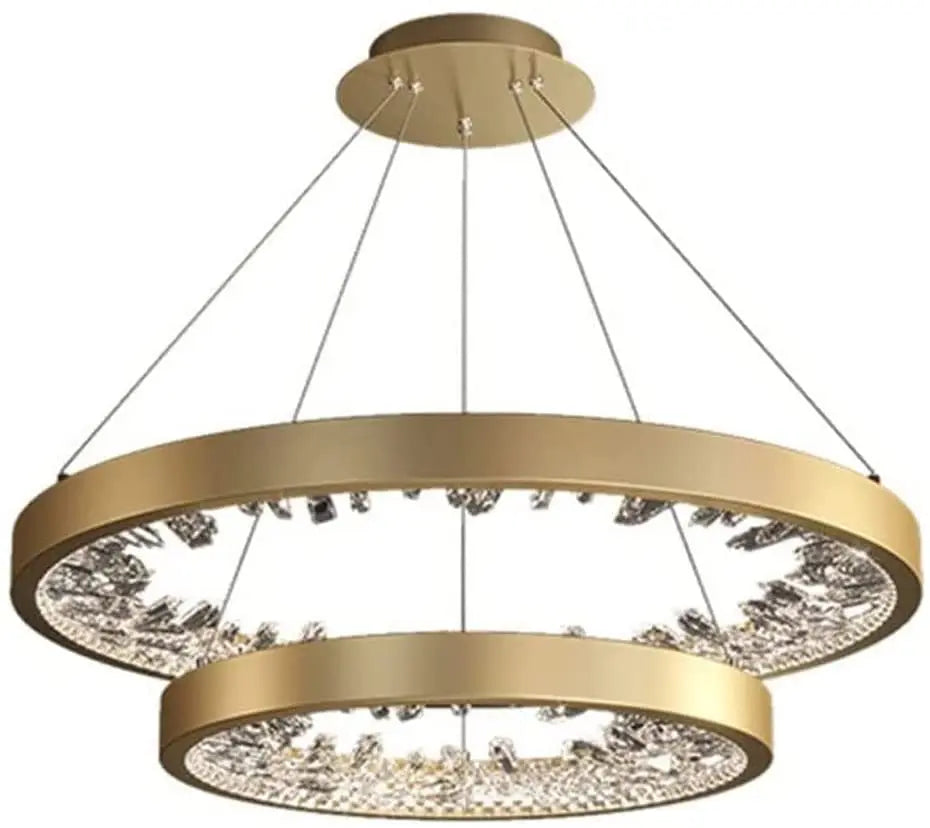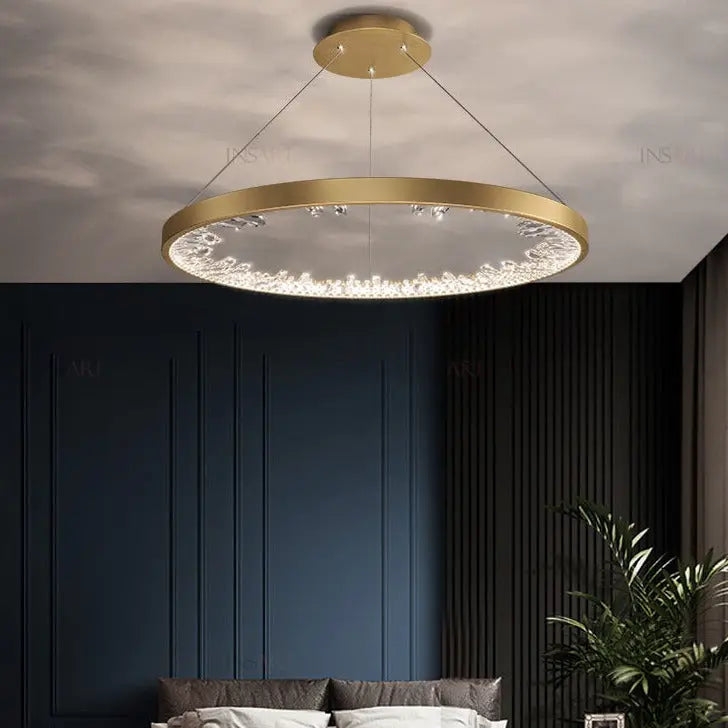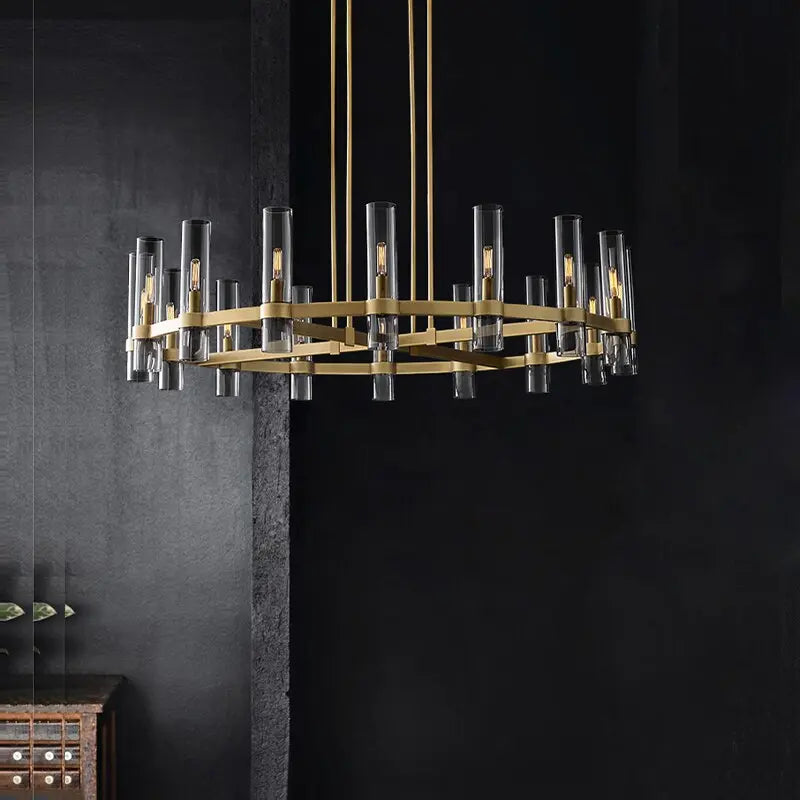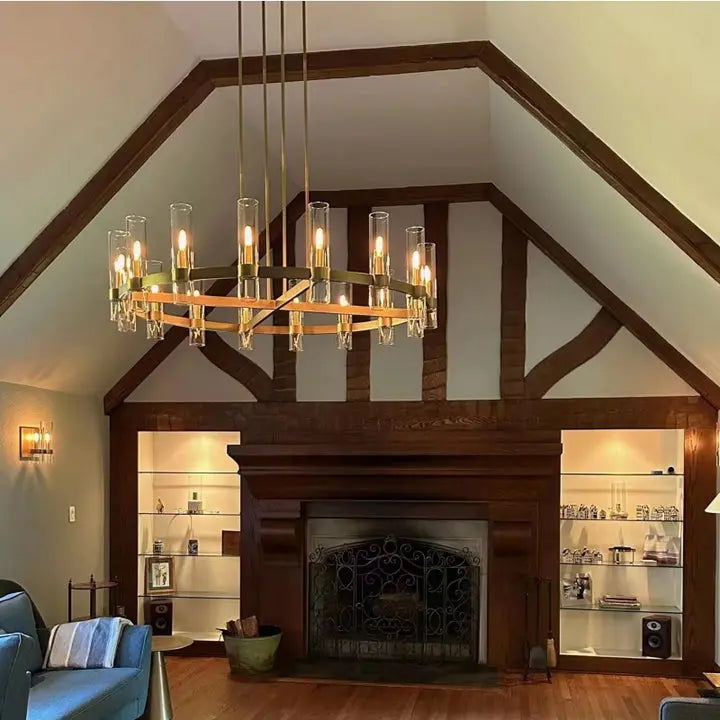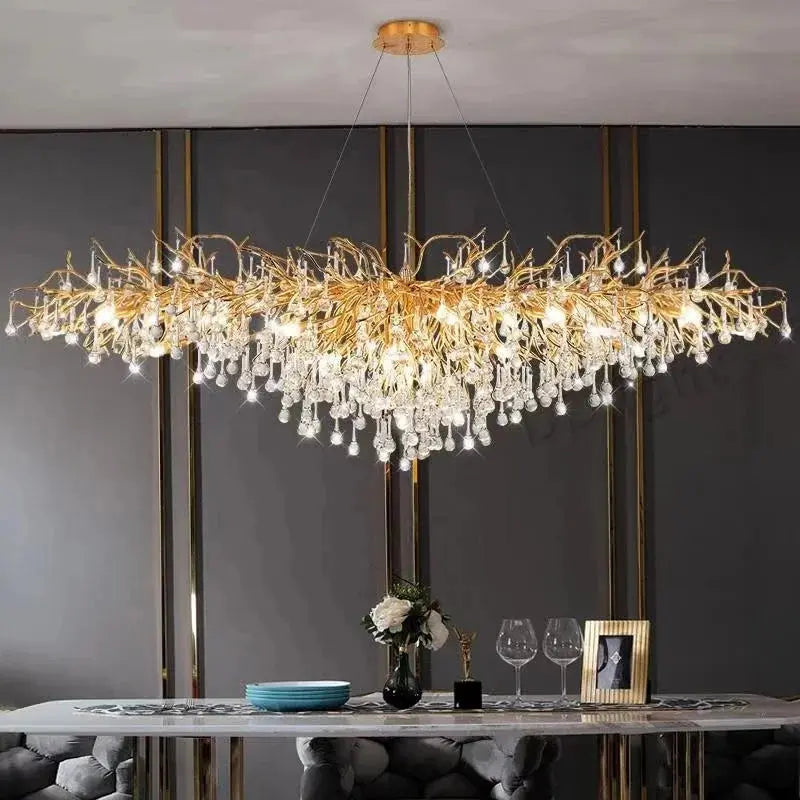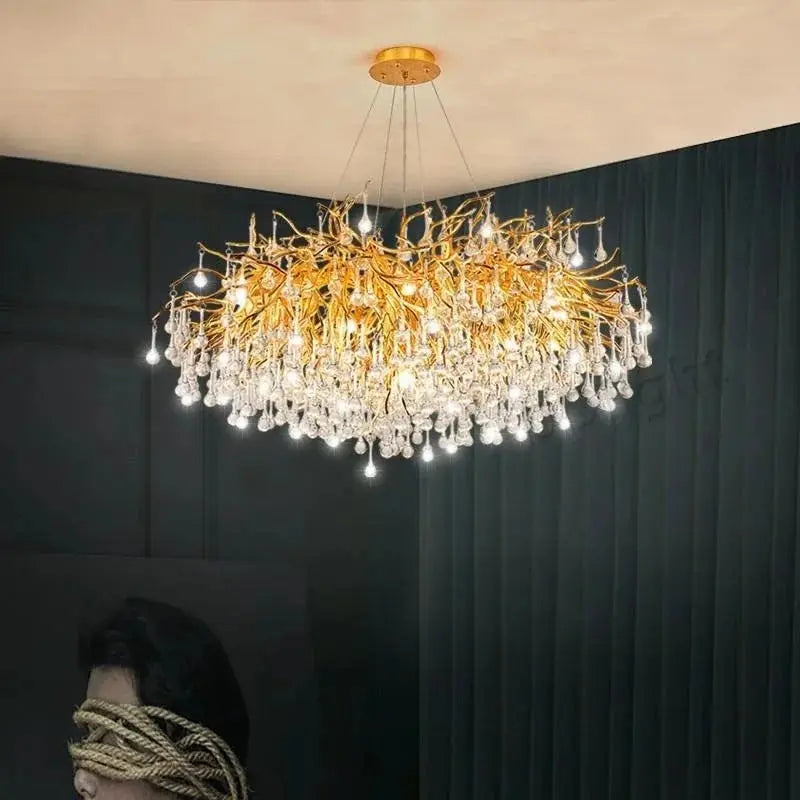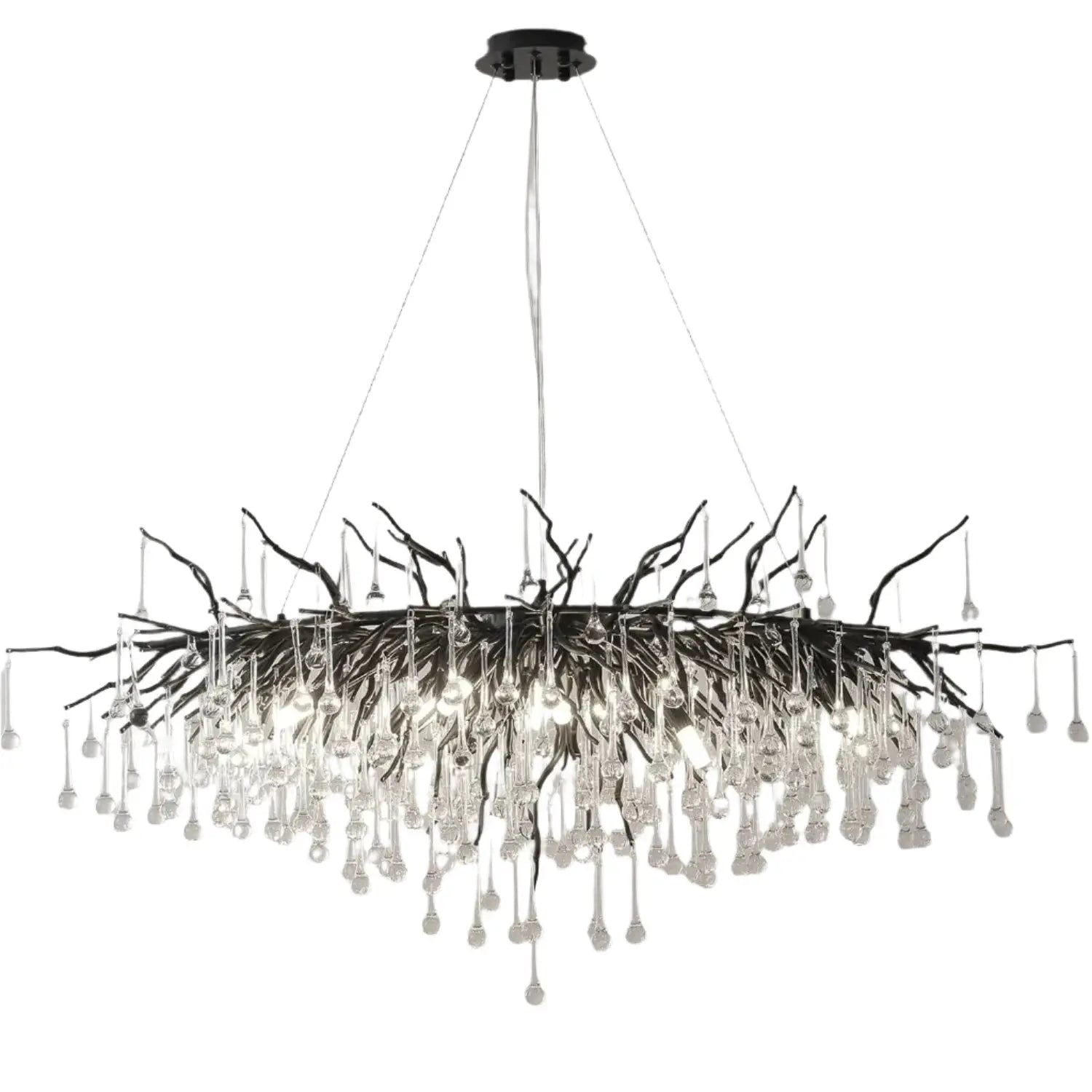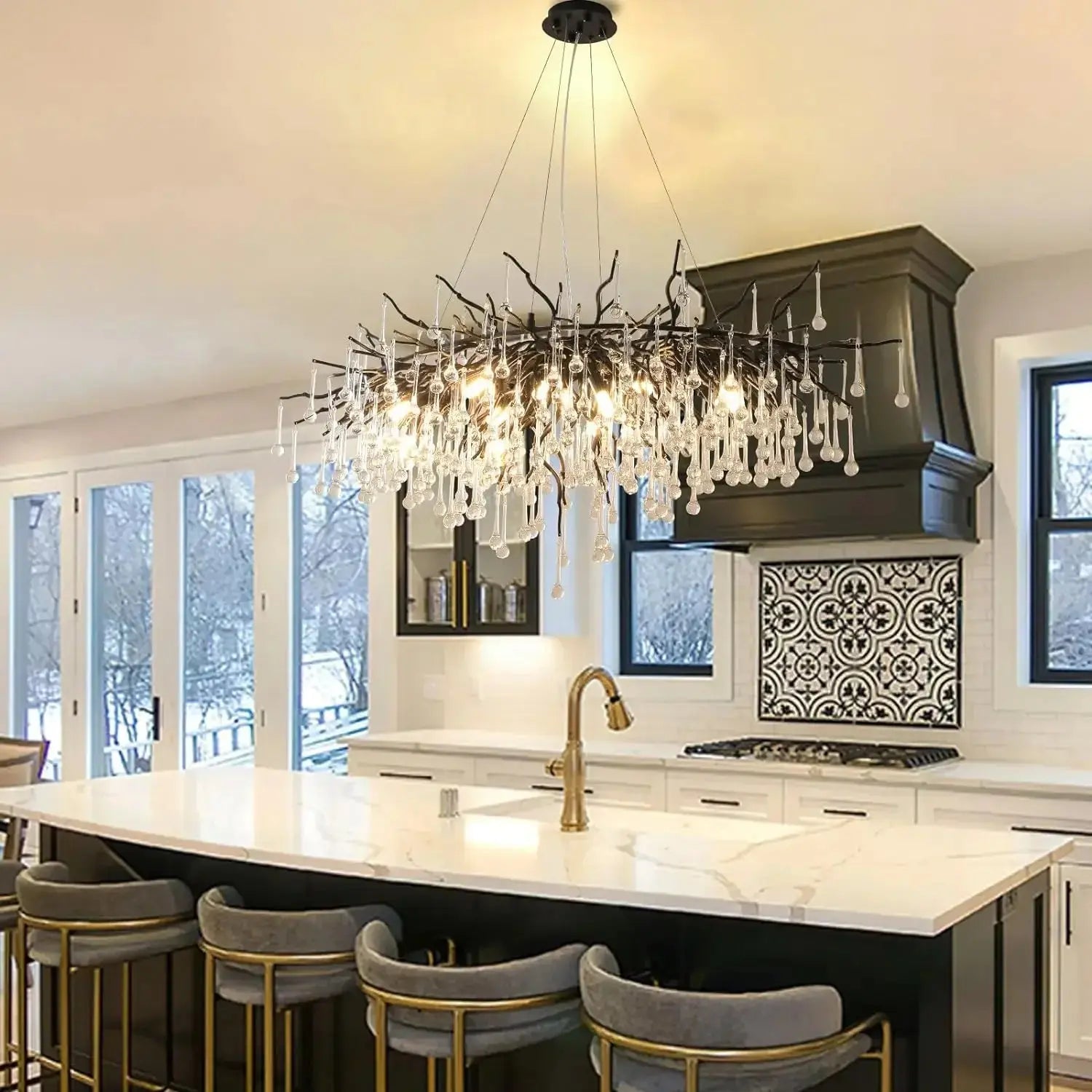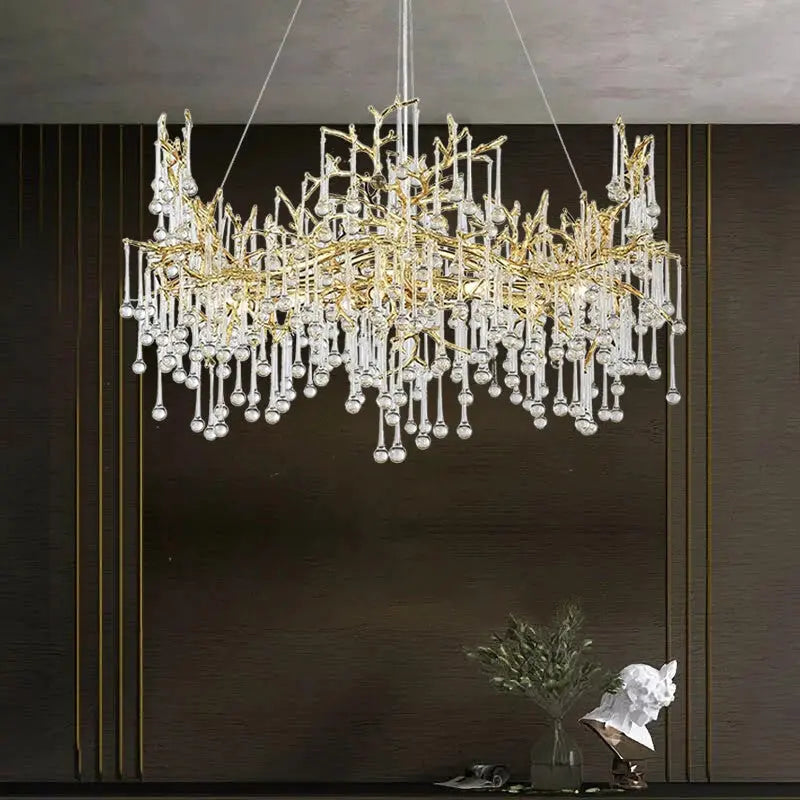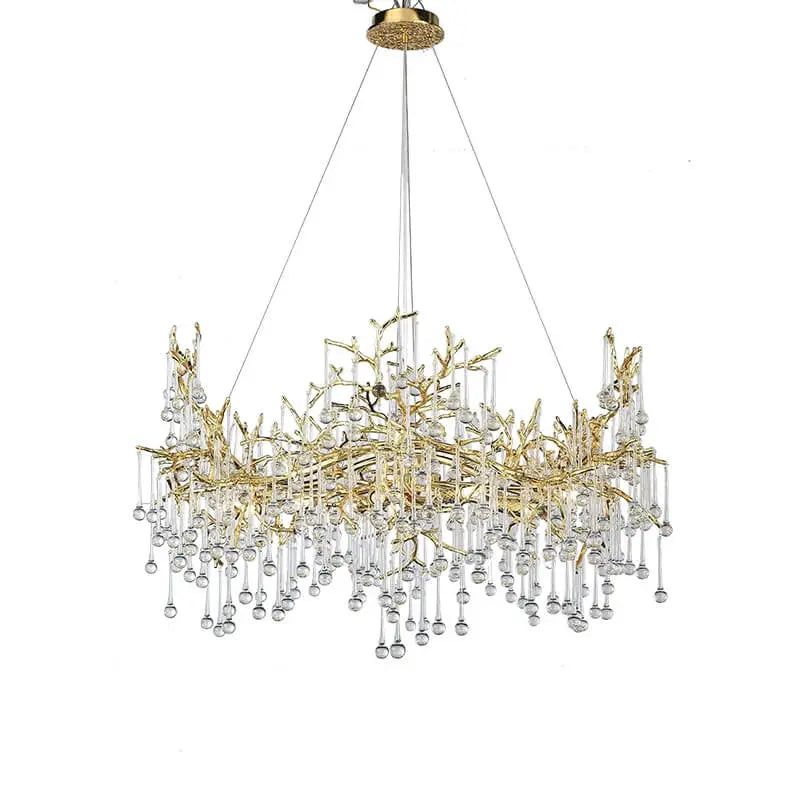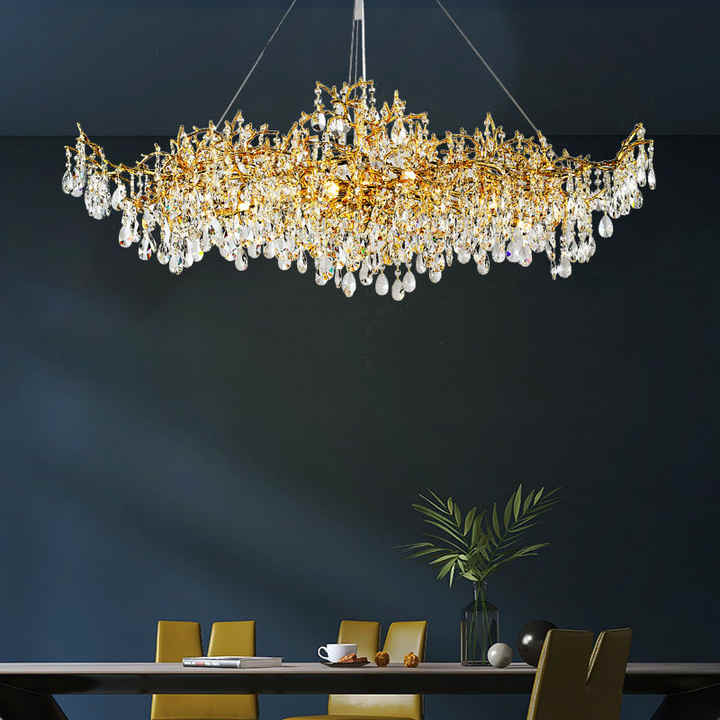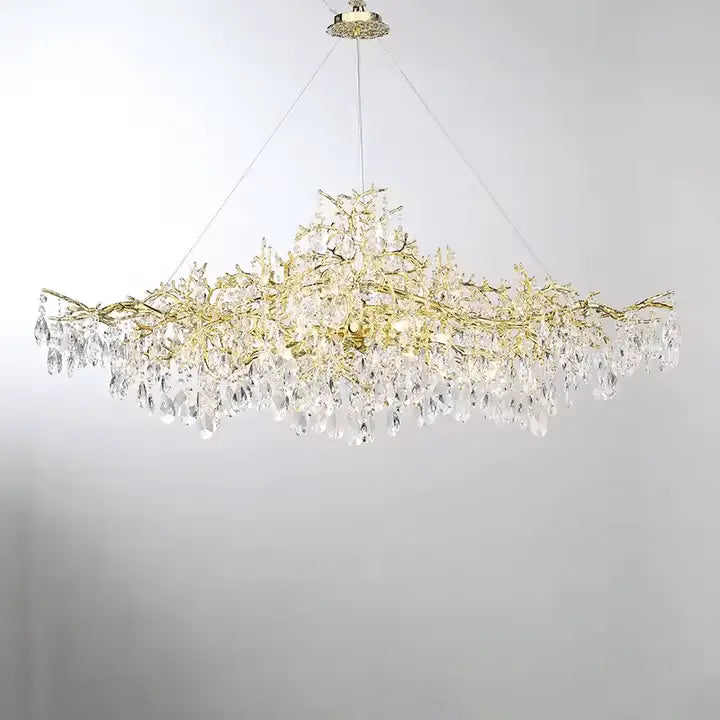If you're looking to give your home a fresh yet classic feel, the 20s home decor style might be just what you need. The roaring twenties brought a wave of creativity and elegance that can still be felt today. With a mix of vintage charm and modern sensibility, you can transform your space into a timeless haven. Let's explore some innovative ideas to infuse your home with the spirit of the 1920s.
Key Takeaways
- Art Deco is all about bold shapes and rich colors, perfect for a 20s vibe.
- Mixing vintage furniture with modern pieces creates a unique look that feels fresh.
- Layering colors and textures adds depth and warmth to any room.
- Statement lighting, like chandeliers, can completely change the atmosphere of your space.
- Incorporating natural elements, like plants, helps bring life into your decor.
Embracing Art Deco Elegance
Key Characteristics of Art Deco
So, you want to bring some of that Roaring Twenties glam into your home? Art Deco is all about luxury and modernity. Think bold geometric shapes, rich colors, and lavish ornamentation. It's a style that screams sophistication without being stuffy. You'll see a lot of symmetry, stepped patterns, and stylized representations of things like sunbursts and zigzags. Materials like chrome, glass, and exotic woods were super popular. It's about making a statement, but in a really refined way. Let's explore some Art Deco design elements.
Color Palettes for a 20s Vibe
Color is key to nailing that 1920s feel. Forget muted tones; we're talking about deep, saturated hues. Think emerald green, sapphire blue, and ruby red. Gold and silver accents are a must for that touch of opulence. Black and white also play a big role, often used in contrast to create striking visual effects. Don't be afraid to mix and match, but keep it balanced. A good rule of thumb is to choose a dominant color and then use the others as accents. Here's a quick look at some popular choices:
| Color | Use | Feeling |
|---|---|---|
| Emerald Green | Walls, upholstery | Luxurious |
| Gold | Accents, lighting fixtures | Glamorous |
| Black | Furniture, architectural details | Sophisticated |
Incorporating Geometric Patterns
Geometric patterns are the heart and soul of Art Deco. These patterns show up everywhere, from wallpaper and rugs to furniture and accessories. Common motifs include chevrons, zigzags, and stylized floral designs. The key is to use them in a way that feels intentional and not overwhelming. A geometric rug can anchor a room, while geometric cushions can add a pop of interest to a sofa. Consider using 1920s home decor to bring the era to life.
I remember when I first tried to incorporate Art Deco into my living room. I went a little overboard with the geometric patterns and ended up with a space that felt more chaotic than chic. The trick is to choose one or two key pieces with bold patterns and then keep the rest of the room relatively simple. It's all about balance.
Here are some ideas to get you started:
- Wallpaper: Choose a wallpaper with a subtle geometric print.
- Rugs: Opt for a rug with a bold chevron pattern.
- Accessories: Add cushions, throws, and artwork with geometric motifs.
Vintage Furniture Selection
Finding Authentic 20s Pieces
Okay, so you're on the hunt for some real 1920s furniture? That's awesome! It's not always easy, but the payoff is huge. Authentic pieces bring so much character to a space. First, hit up your local antique stores. Estate sales are goldmines, too – seriously, check them out. Online auctions can be good, but be careful and do your research. Look for telltale signs of the era: materials like walnut, mahogany, and maybe even some early plastics. Keep an eye out for specific styles like Art Deco, with its geometric shapes and streamlined designs. Don't be afraid to ask questions and get a feel for the piece.
- Check for maker's marks or labels.
- Inspect the construction and materials.
- Compare prices to get a sense of value.
Remember, a little wear and tear is normal for vintage stuff. It's part of the charm! But major damage can be a headache, so inspect carefully.
Mixing Vintage with Modern
Mixing vintage and modern? Absolutely! It's all about balance. You don't want your place to look like a museum, unless that's your thing. Start with a few key vintage pieces – maybe a cool antique coffee table or a dresser. Then, surround them with modern stuff that complements the style. Think clean lines, neutral colors, and simple shapes. The contrast is what makes it interesting. A sleek, modern sofa paired with a vintage side table? Yes, please! Don't be afraid to experiment and see what works for you.
- Use color to tie the pieces together.
- Consider the scale of the furniture.
- Don't overcrowd the space.
Restoration Tips for Old Furniture
So, you've got a vintage piece that needs some love? Restoration can be a fun project. First, assess the damage. Is it just a little surface wear, or is there serious structural damage? For minor stuff, you can probably DIY it. Clean the piece carefully with a gentle cleaner. Use furniture polish to bring back the shine. If there are scratches, try a touch-up marker or furniture crayon. For bigger problems, like broken legs or loose joints, you might want to call in a pro. It's worth it to preserve a valuable piece. And remember, sometimes the imperfections are what make it special. Consider using sustainable materials for any repairs.
- Start with gentle cleaning methods.
- Use appropriate products for the finish.
- Consider professional help for major repairs.
Timeless Color Schemes

Classic Neutrals and Bold Accents
When you're aiming for a 1920s-inspired space, color is key. Think about starting with a foundation of classic neutrals. These are your off-whites, creams, light grays, and soft beiges. These colors provide a versatile backdrop that allows bolder accent colors to really pop. They also help to keep the space feeling open and airy, which is important, especially if you're working with a smaller room.
- Off-white walls with dark wood trim
- Cream-colored furniture with jewel-toned pillows
- Light gray rugs with geometric patterns in black and gold
Creating Depth with Layered Colors
Don't be afraid to layer different shades of the same color to create depth and interest. For example, you could use a dark gray sofa with lighter gray cushions and a textured throw in a similar tone. This technique adds visual complexity without overwhelming the space. It's all about finding the right balance and creating a cohesive look. Consider using a room makeover bundle to help you achieve the perfect color palette.
Using Metallics for Glamour
Metallics are a must for capturing that 1920s glamour. Gold, silver, and bronze can be incorporated in various ways, from furniture accents to decorative objects. A gold-framed mirror, a silver lamp, or bronze sculptures can add a touch of luxury and sophistication. Just remember not to overdo it – a little metallic goes a long way. Think about how the light will reflect off these surfaces and how they will interact with the other colors in the room. Black and white combinations are also a timeless interior design choice.
I've found that using metallic paint sparingly on architectural details, like crown molding or door frames, can create a subtle yet impactful effect. It's a great way to add a touch of glamour without making the space feel too flashy. Plus, it's a relatively easy DIY project that can make a big difference in the overall look of the room.
Lighting That Makes a Statement
Lighting is more than just a functional necessity; it's a chance to inject some serious personality into your space. Think of it as jewelry for your home – the right pieces can completely transform the vibe. Let's explore how to make your lighting choices really shine.
Chandeliers and Pendant Lights
Chandeliers and pendant lights are fantastic for creating a focal point. They draw the eye upward and add a touch of drama. For a 20s-inspired look, consider geometric designs or those with cascading crystals. Don't be afraid to go big – a statement piece can really anchor a room. Just make sure the size is appropriate for the space; you don't want it to overwhelm the area. I've seen some amazing vintage finds at flea markets, so keep an eye out!
Table Lamps with Character
Table lamps are where you can really let your personality shine. Look for lamps with unique bases – think ceramic, metal, or even repurposed vintage items. The lampshade is also key; consider materials like silk or velvet for a luxurious feel. Layering different heights and styles of table lamps can create a warm and inviting ambiance. I love browsing antique stores for unique vintage lamps that tell a story.
Incorporating Natural Light
Don't underestimate the power of natural light! It's free, it's beautiful, and it instantly brightens up any space. Maximize natural light by keeping windows clean and unobstructed. Use sheer curtains to filter the light and create a soft glow. Mirrors are also your friend here; strategically placed mirrors can reflect light and make a room feel larger and brighter. I always try to arrange my furniture to take advantage of the sunlight throughout the day.
Lighting is often overlooked, but it's one of the most important elements in creating a mood. Experiment with different types of lighting to find what works best for your space. Don't be afraid to mix and match styles to create a unique and personalized look.
Textiles and Patterns for Comfort
Choosing Luxurious Fabrics
Okay, so when you're thinking about that 20s vibe, don't skimp on the fabrics. Think velvet, silk, and maybe even some good quality cotton. The key is to go for things that feel good to the touch. I remember when I redid my living room, I found this amazing velvet throw at a flea market. It instantly made the whole room feel more luxurious. Don't be afraid to spend a little more on key pieces; it really makes a difference.
Layering Textures for Warmth
Layering is where it's at. You don't want everything to be the same texture; that's just boring. Mix it up! Try a chunky knit blanket over a smooth velvet sofa. Or maybe a geometric patterns rug with some silk pillows. The contrast is what makes it interesting. I like to start with a base texture, like a linen curtain, and then build from there. It's all about creating depth and visual interest. Here are some ideas to get you started:
- A faux fur throw on a leather chair.
- A textured wallpaper with smooth, satin cushions.
- A woven basket next to a polished wood table.
Incorporating Bold Prints
Don't be shy with the prints! The 20s were all about bold, geometric designs. Think about incorporating some Art Deco-inspired patterns into your textiles. You could do this with a vintage furniture selection rug, some throw pillows, or even curtains. Just make sure you don't go overboard. If you're using a bold print, keep the rest of the room relatively simple. I once saw a room that had a geometric rug, floral curtains, and striped wallpaper. It was way too much. Pick one or two bold prints and let them be the focal point.
I think the best way to approach bold prints is to start small. Maybe just a few throw pillows or a small rug. If you like it, you can always add more. But it's easier to start small and build up than to go all out and then have to scale back.
Accessorizing with Purpose
Art and Wall Decor Ideas
When it comes to accessorizing, it's easy to get carried away. But the best spaces are curated, not just filled. Think about what you want your walls to say. Are you into bold, graphic prints? Or do you prefer something more subtle, like vintage rugs? The key is to choose pieces that speak to you and complement the overall vibe of the room. Don't be afraid to mix and match styles, but always keep the color palette in mind. A cohesive color scheme can tie even the most eclectic collection together.
Creating a Gallery Wall
A gallery wall is a fantastic way to showcase your personality and interests. It's more than just hanging a bunch of pictures; it's about creating a visual story. Start by gathering a collection of art, photos, and other interesting objects. Play around with different layouts on the floor before you start hammering nails. Consider using a variety of frame styles and sizes to add visual interest. And don't forget to incorporate some unexpected elements, like a cool mirror or a piece of sculptural art. Remember, there are no hard and fast rules – it's all about creating something that you love. A well-executed gallery wall can transform a blank space into a focal point.
Choosing Decorative Objects Wisely
Decorative objects are the finishing touches that can really make a room feel complete. But it's important to choose them wisely. Instead of filling your shelves with random knick-knacks, focus on selecting a few key pieces that have meaning or significance. Think about incorporating artisanal and handcrafted items, like handmade ceramics or unique sculptures. These pieces not only add character to your home but also support local artisans. And don't forget about functionality. Choose decorative objects that also serve a purpose, like a stylish lamp or a beautiful storage basket.
It’s better to have a few well-chosen items than a house full of things that don’t speak to you or stand the test of time. Accessorize thoughtfully: Decor items like lamps, artwork, and cushions can tie a room together. Choose pieces that complement your color scheme and add a personal touch.
Incorporating Nature into Your Space

Using Plants for Freshness
Bringing the outdoors in is a classic move, but it's more than just sticking a fern in the corner. Think about how plants can transform a space. Consider using plants to purify the air and add a pop of color.
- Snake plants are super low-maintenance and great for beginners.
- Pothos can trail beautifully from shelves or hanging baskets.
- ZZ plants are drought-tolerant and can handle low light conditions.
Plants aren't just decoration; they're living things that can boost your mood and create a more relaxing atmosphere. Don't be afraid to experiment with different types and arrangements to find what works best for your space.
Natural Materials in Decor
Forget the plastic and embrace the raw beauty of natural materials. Wood, stone, bamboo, and rattan can add warmth and texture to any room. Think about swapping out your coffee table for a wooden table or adding a woven rug to your living room.
- Wood furniture adds warmth and character.
- Stone accents bring a touch of the outdoors inside.
- Bamboo blinds offer privacy and a natural aesthetic.
Creating Indoor-Outdoor Flow
Blurring the lines between inside and outside can make your home feel more spacious and inviting. If you have a patio or balcony, consider extending your indoor decor to create a seamless transition. Use similar color palettes and materials to tie the spaces together. Think about adding an outdoor kitchen or a cozy seating area to your patio.
- Use large windows or sliding doors to maximize natural light and views.
- Create an outdoor seating area with comfortable furniture and weather-resistant fabrics.
- Add potted plants and greenery to your patio or balcony to create a lush, inviting space.
Final Thoughts on Timeless Home Decor
So there you have it! With these 20s home decor ideas, you can really make your space feel special and timeless. Whether you go for the glitz of Art Deco or keep it simple with classic touches, the key is to choose what feels right for you. Don’t be afraid to mix and match styles or add personal elements that tell your story. Remember, your home should be a reflection of who you are and what you love. So get creative, have fun, and transform your space into something that feels uniquely yours!
Frequently Asked Questions
What defines 1920s home decor?
1920s home decor is all about styles from the roaring twenties, featuring bold patterns, fancy materials, and elegant furniture.
How can I add 1920s style to my home?
Pick a room to focus on, choose a specific 1920s style like Art Deco, and select colors and furniture that fit that look.
What are common features of 1920s decor?
Look for geometric shapes, rich colors, luxurious fabrics like velvet, and classic furniture pieces from the 1920s.
Where can I find authentic 1920s furniture?
Check out thrift stores, antique shops, and online marketplaces for genuine vintage pieces that can enhance your decor.
What color schemes work best for a 1920s look?
Classic neutrals paired with bold accent colors, along with metallic touches, can create a vibrant yet timeless atmosphere.
How important is lighting in 1920s home decor?
Lighting is key! Statement chandeliers, unique table lamps, and maximizing natural light can really elevate your space.


